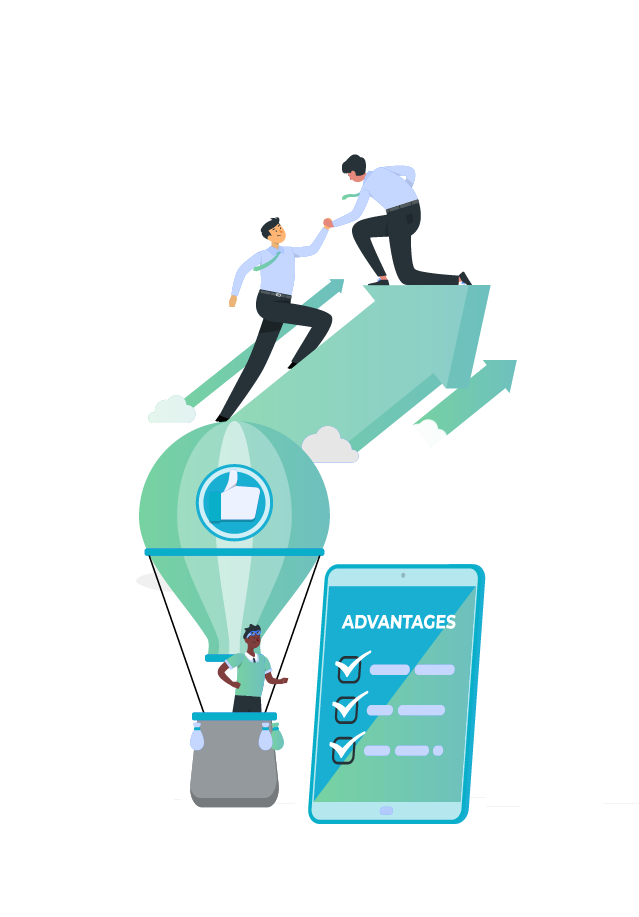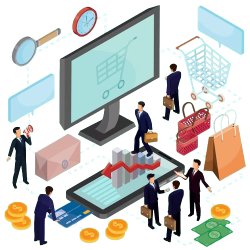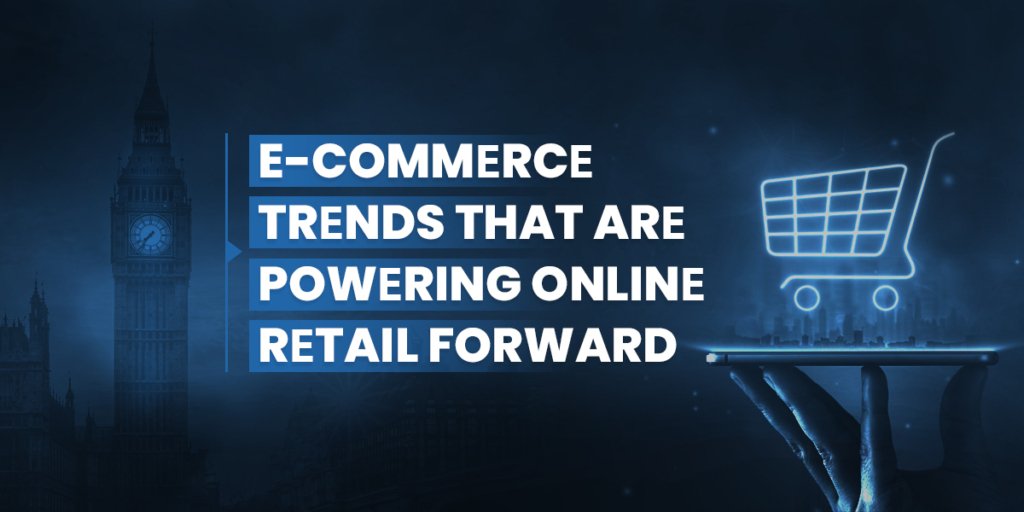Taking your business online
E-commerce website creator: Explained
The landscape of E-commerce is changing rapidly. As new technologies emerge and the need for personalisation grows, businesses are continuously exploring creative methods to remain at the forefront.

Taking your business online
E-Commerce Explained
The landscape of E-commerce is changing rapidly. As new technologies emerge and the need for personalisation grows, businesses are continuously exploring creative methods to remain at the forefront.


What is
E-Commerce?
In the digital era, e-commerce stands as a pivotal component of modern trade. Essentially, it refers to the buying and selling of goods and services through electronic networks, primarily the internet. This revolutionary concept encompasses various forms of trade, including B2B (Business-to-Business), B2C (Business-to-Consumer), C2C (Consumer-to-Consumer), and C2B (Consumer-to-Business).
The Evolutionary Journey
The landscape of e-commerce websites has evolved dramatically over the last two decades. With platforms like Amazon and eBay, e-commerce has reshaped retail, growing from a modest 5% of total retail sales in 2011 to over 16% in 2020. This surge, especially during the COVID-19 pandemic, underscores its growing significance in the global marketplace.
The Mechanics Behind E-Commerce
E-commerce operates on the backbone of the internet. Customers visit online stores, browse, and place orders using their devices. These orders are processed through a series of digital interactions involving various databases and systems, ensuring inventory and payment validations. Subsequently, the products or services are dispatched, marking the completion of a typical e-commerce transaction.
Diverse Faces of E-Commerce
A glimpse into the dynamic digital marketplace where businesses, consumers, and administrations interact, revolutionising how we buy, sell, and connect globally.
B2B E-Commerce
Involves transactions between businesses, like product exchanges or procurement interfaces.
B2C E-Commerce
Direct selling to consumers, epitomised by giants like Amazon.
C2C E-Commerce
Where consumers sell to each other, often via platforms like eBay or Facebook Marketplace.
C2B E-Commerce
Consumers offer products or services online for businesses to purchase.
B2A E-Commerce
It refers to transactions conducted between companies and public-sector organisations.
C2A E-Commerce
Between individual consumers & the public administration.
Pros and Cons
Advantages
Accessibility
Available 24/7, offering a global reach.
Convenience
Speedy transactions and a vast array of choices.
Cost-Effectiveness
Lower operational costs than traditional retail.

Challenges
Customer Service Limitations
Less direct interaction.
Product Experience
Cannot physically examine products.
Shipping Times
Waiting periods for product delivery.
M-Commerce: E-Commerce on the Go
Mobile e-commerce or m-commerce, facilitated by smartphones and tablets, is revolutionising shopping habits. It includes mobile banking, shopping, and payments, increasingly popular due to its convenience.
A Digital Future
E-commerce applications leverage online marketing techniques like email campaigns, SEO, and mobile apps. Security is a paramount focus, with measures like SSL and two-factor authentication being standard.
The Platforms Powering E-Commerce
The e-commerce ecosystem is supported by various platforms, ranging from marketplaces like Amazon and eBay to SaaS and open-source solutions catering to different business needs.
Navigating the Legal Terrain
In the realm of e-commerce, compliance with regulations like data protection and consumer rights is crucial. Agencies like the FTC and PCI Security Standards Council play a vital role in shaping these frameworks.
Looking Ahead
As e-commerce continues to evolve, it is essential for businesses to adapt to this digital transformation. It's not just a sales channel but a crucial part of a comprehensive business strategy.
Emerging Trends in
E-Commerce
Personalisation and Customisation
In today's e-commerce landscape, personalization has become a game-changer. Online retailers are leveraging AI and machine learning to offer personalised shopping experiences. From product recommendations based on browsing history to customised email marketing, personalization is enhancing customer engagement and loyalty.
Voice Commerce
With the growing use of voice assistants like Alexa and Google Home, voice commerce is gaining momentum. This trend is set to revolutionise the way customers shop, making it more convenient and accessible.
Omnichannel Retail
The boundary between online and offline retail is blurring. Omnichannel retail provides a seamless shopping experience, whether the customer shops online from a mobile device, a laptop, or in a brick-and-mortar store. This approach helps in building a stronger brand presence and improves customer satisfaction.
Sustainable and Ethical Practices
Conscious consumerism is on the rise, with customers increasingly preferring brands that are eco-friendly and ethical. E-commerce businesses are responding by adopting sustainable practices, such as using biodegradable packaging and sourcing products ethically.
Cutting-edge E-Commerce Technologies
Augmented Reality (AR) and
Virtual Reality (VR)
AR and VR are transforming the e-commerce experience by allowing customers to visualise products in real-time. For instance, AR can enable customers to see how a piece of furniture would look in their living room before making a purchase.
Blockchain
Technology
Blockchain is enhancing the security and transparency of online transactions. It offers decentralised and tamper-proof ledgers, making it easier to trace the authenticity and origin of products, which is particularly useful in luxury goods and supply chains.
Advanced Analytics and
Big Data
Big data analytics is playing a crucial role in understanding consumer behaviour. By analysing large datasets, e-commerce businesses can gain insights into customer preferences and shopping patterns, enabling them to make data-driven decisions.
Best Practices for E-Commerce Businesses
Optimising User Experience
A smooth, intuitive user interface is crucial for e-commerce success. This includes fast load times, easy navigation, and a mobile-responsive design. Businesses should focus on providing a hassle-free shopping experience to reduce cart abandonment rates.
Effective Digital Marketing
Digital marketing strategies like SEO, content marketing, and social media advertising are vital. They help in increasing visibility, driving traffic to the website, and engaging with customers.

Customer Engagement and Support
Providing excellent customer service and engaging with customers through multiple channels is essential. This includes offering live chat support, maintaining active social media profiles, and personalising customer interactions.
Mobile Responsiveness
With an increasing number of consumers shopping via mobile devices, having a mobile-responsive website is no longer optional. It's crucial for reaching a wider audience and improving the overall shopping experience.
The Essence of E-commerce
At its core, e-commerce is defined by the exchange of goods and services over the internet. This concept has evolved rapidly since the first online transaction in 1994—a sale of a Sting CD, setting the stage for the vast digital marketplace we navigate today. The advent of COVID-19 accelerated this evolution, with significant spikes in e-commerce share of total retail sales globally. This surge underscores a pivotal shift in consumer behaviour, favouring the convenience and accessibility of online shopping.
Beneficiaries of the E-commerce Surge
E-commerce for Retailers: Driving Value Across the Spectrum
Innovations in E-commerce: Retail Media Networks and Beyond
Direct-to-Consumer (DTC) E-commerce: A Brand's Gateway to Growth
The Future of Shopping: Live and Social Commerce
E-commerce in the Consumer Packaged Goods (CPG) Sector
B2B E-commerce: Dispelling Myths and Embracing Digital Transformation

E-commerce in Emerging Markets: Unleashing Potential
BLOGS
The Future of Creative E-commerce
In the digital era, the convergence of creativity and commerce is an undeniable trend shaping the future of e-commerce. This convergence is driven by a simple y ...
Ecommеrcе Trеnds That Arе Powеring Onlinе Rеtail Forward
In an ever-evolving digital landscapе, еcommеrcе is at the forеfront of innovation and customеr еngagеmеnt. As we delve into thе trеnds shaping onlinе rеtail, i ...
Thе ABCs of E-Commеrcе: Brеaking Down thе Basics for UK Businеssеs
Thе ABCs of E-Commеrcе: Brеaking Down thе Basics for UK BusinеssеsThе digital еra has ushеrеd in an е-commеrcе rеvolution, particularly еvidеnt in thе UK's thr ...


